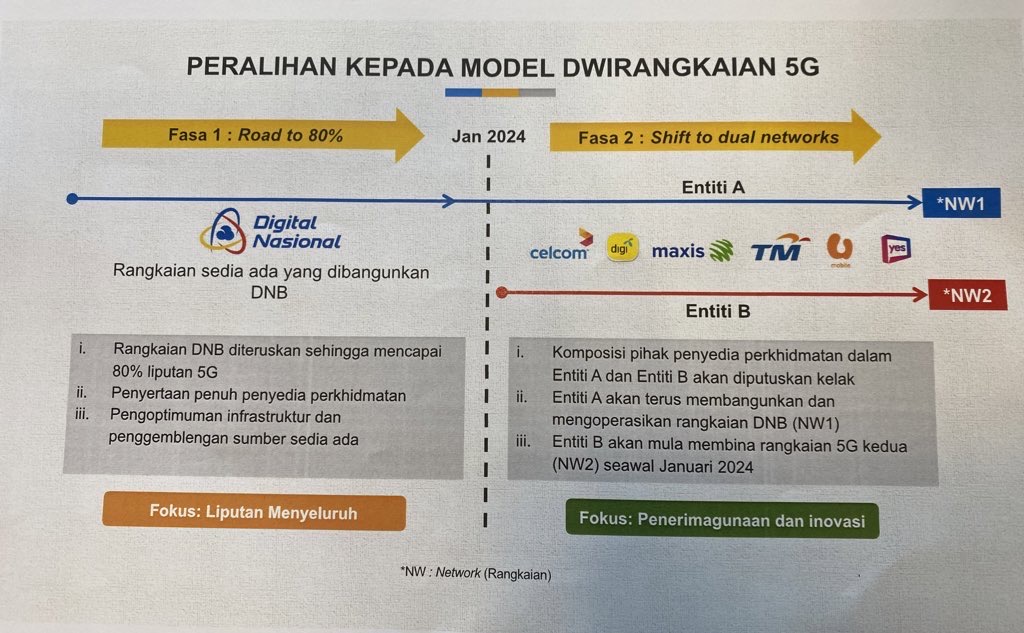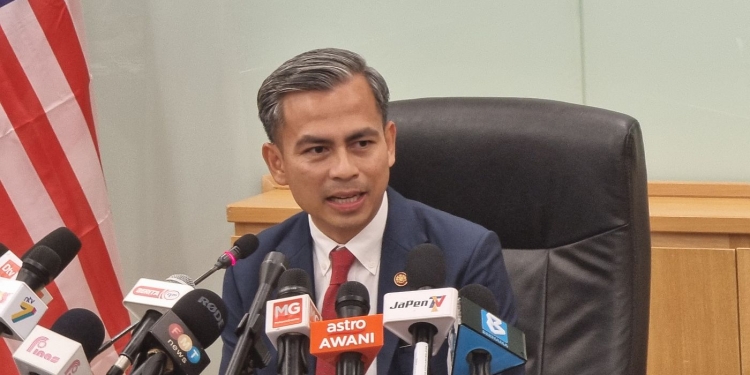Five months after the change of administration, the Malaysian government has finally decided on its next steps for 5G network rollout. Communications and Digital Minister Fahmi Fadzil has announced that Malaysia will transition from a Single Wholesale Network (SWN) to a Dual Network model next year.
At the moment, Digital Nasional Berhad (DNB) will continue to rollout 5G until it achieves 80% 5G population coverage by the end of this year. After that, Malaysia will switch to a Dual Network approach where there will be two competing 5G networks as early as January 2024.

With the new direction, the government has started its first steps to dismantle Digital Nasional Berhad’s monopoly for 5G infrastructure. It also opens up the opportunity for other players to rollout the 5G network using their existing infrastructure.
According to Fahmi, the decision to allow a second 5G network was made to avoid a single point of failure and to establish redundancy for 5G.
Further details on the formation of a second 5G network is expected to be revealed later.

At the moment, Malaysia’s 5G rollout via DNB has achieved 54.7% population coverage as of 31st March 2023. However, GSMA Intelligence reports that Malaysia’s 5G adoption rate is at 1% as of 31st December 2022, which is behind its peers such as Indonesia, the Philippines, Thailand and Singapore. Malaysia currently aims to accelerate 5G deployment to achieve 80% 5G population coverage by the end of 2023.
In 2021, DNB appointed Ericsson as their 5G vendor with an estimated cost of RM11 billion. Meanwhile, ZTE had also won a bid in the same year to provide indoor 5G coverage solutions.
Late last year, four telcos (Celcom, Digi, Telekom Malaysia and YTL Communications) have signed their respective share subscription agreement to take an equity stake in DNB. Out of the big six telcos, all except for Maxis have signed 5G access agreements with DNB.








